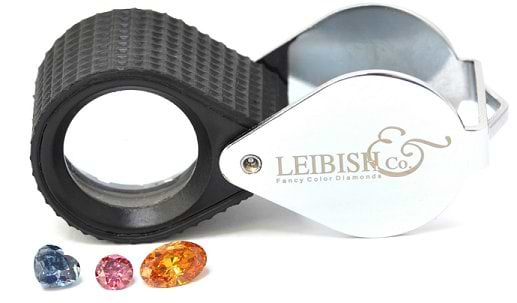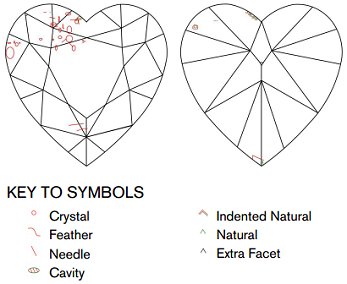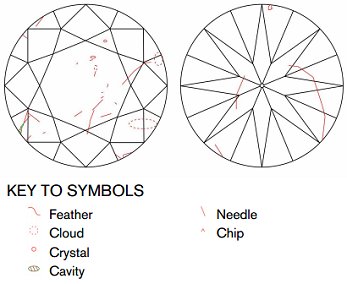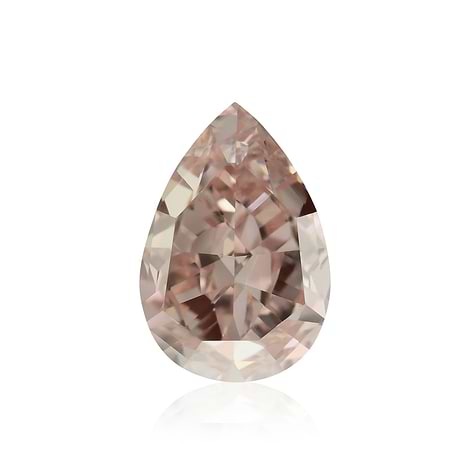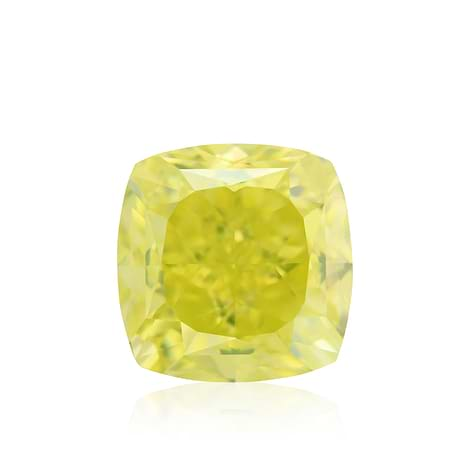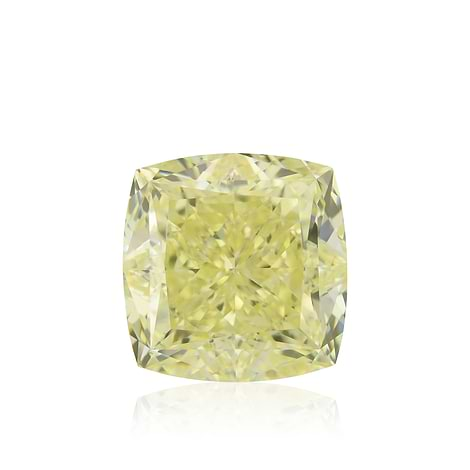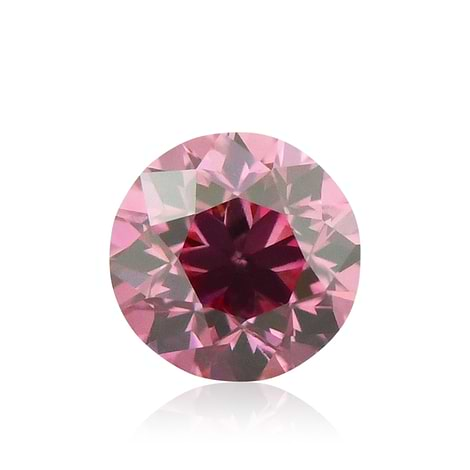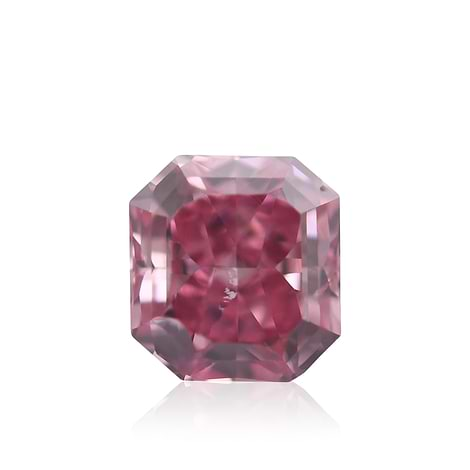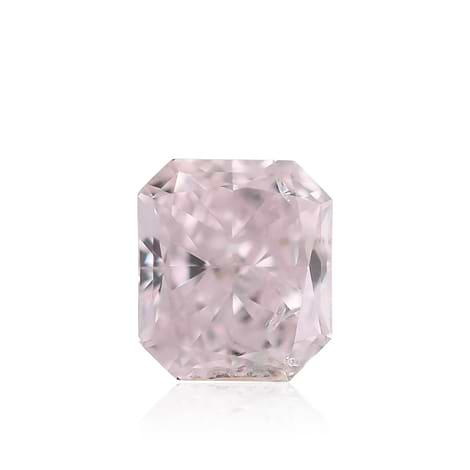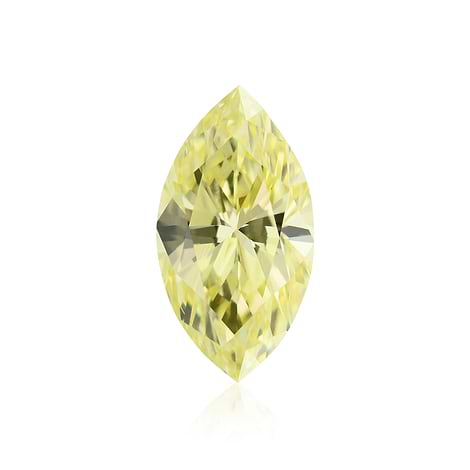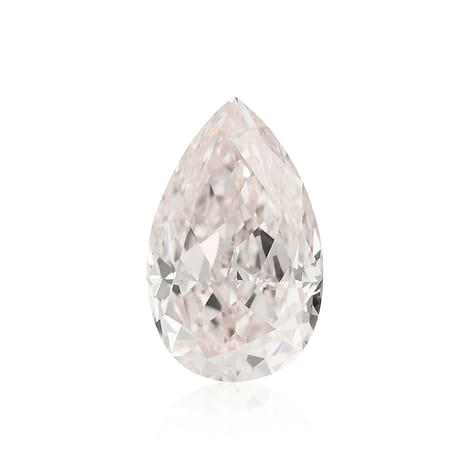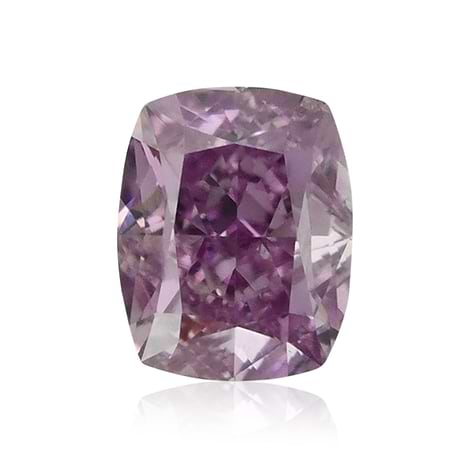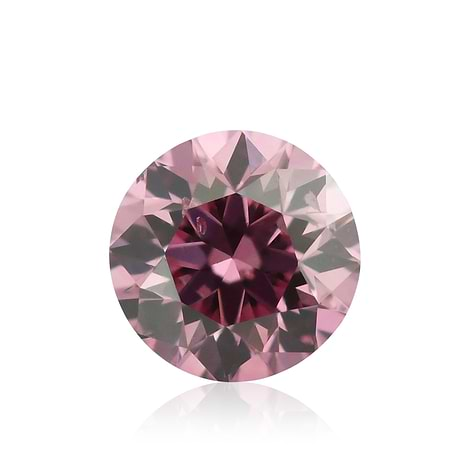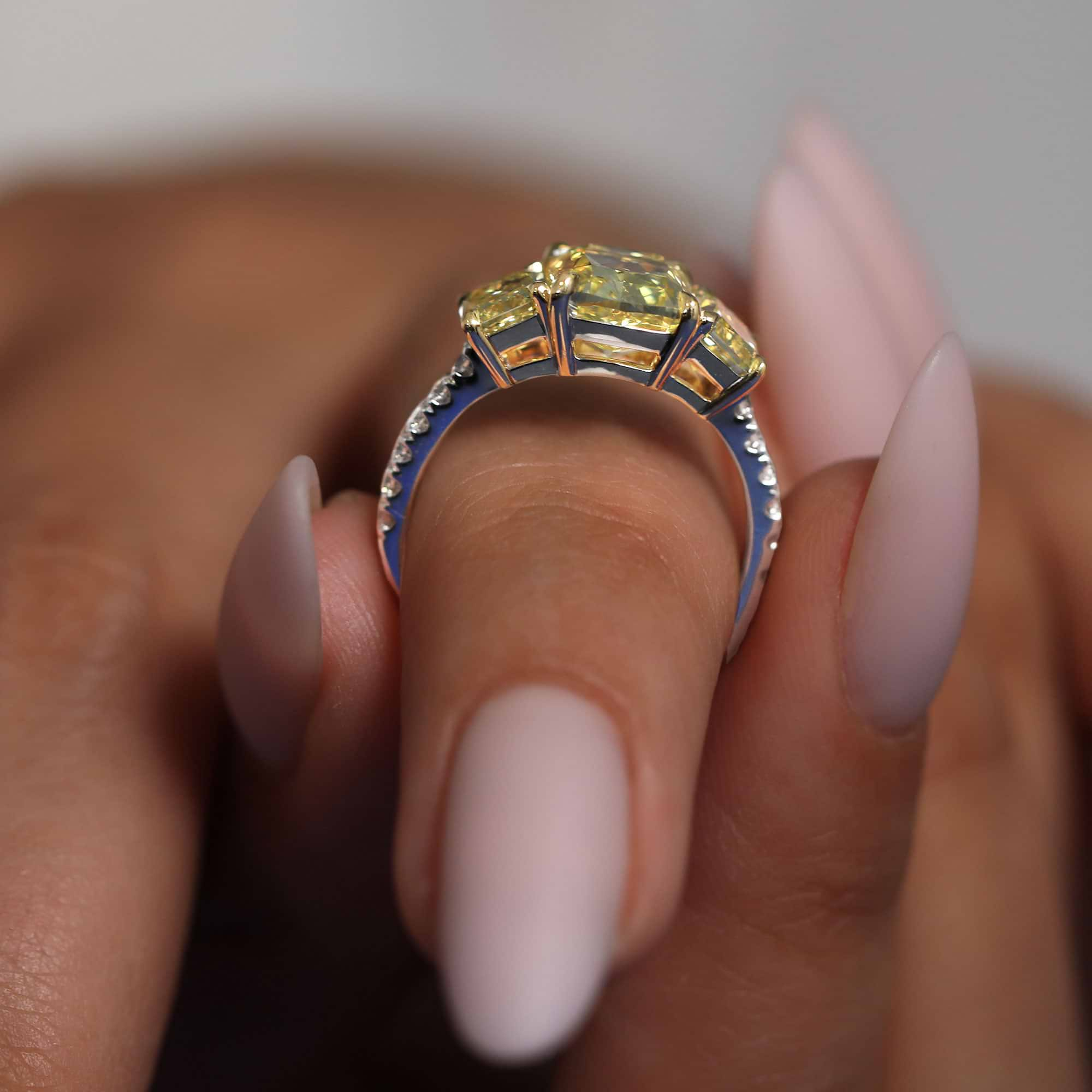All diamonds found have some sort of inclusions. However, it is the type, location, and the size of the inclusions that affect the clarity grade of the stone. Although it is not the most significant of the four attributes by which diamond quality is assessed, the clarity does have an effect on the valueof the stone.
All diamonds may contain imperfections, only the inclusions that are measured on the GIA clarity scale vary between those that can be seen with the naked eye through to those that can be found with a 10X Magnification (Diamond loupe) or 30X magnification (Diamond microscope).
|
LEIBISH 10X Magnifaction Diamond Loupe |
Diamond inclusions incorporate either internal or external imperfections in the stone. The tables below depict the icon, name, and description of the various types of inclusions found in a diamond. Each inclusion found will be noted in the GIA diamond certificate.
|
Screenshots from the diamond certificate that points out the inclusions found in a Heart-shape and Round diamond |
Internal Characteristics
Internal inclusions can reduce the value of the stones. However, depending on the location of where the imperfection is found, specifically the diamond clarity in fancy color diamonds, might not necessarily affect the appearance of the diamond. As a result of the appearance certain inclusions can make, the locations in the stones where the inclusions are found have a significant effect to the overall value of the diamond.
Due to the richness of color in many fancy color diamonds, some internal imperfections can actually blend in with the color of the stone.
Learn more about the Clarity in Fancy Colored Diamonds.
Icon |
Name |
Description |
|
|
Cloud | Groups of many microscopic inclusions in the diamond |
|
|
Chip | A small fragment of stone either cut or knocked out of place |
|
|
Feather | A small fracture inside the stone that resembles a feather |
|
|
Graining | Additional internal crystals that cause a grainy or foggy appearance |
|
|
Indented Natural | A natural piece of the stone that penetrates within |
|
|
Bruise | Minimal surface crumbling often caused by a very hard knock |
|
|
Cavity | A small hole in the stone |
|
|
Cleavage | A crack in the stone that opens wider in one specific direction |
|
|
Knot | Tiny minerals that go against the grain of the stone and often project externally |
|
|
Laser Drill Hole | A microscopic drilled tunnel caused from the KM procedure in order to melt down black inclusions |
|
|
Needle | Very thin, long internal mark |
|
|
Pinpoint | A tiny mark that resembles the damage a pinpoint would cause |
|
|
Twinning Wisp | Internal lines that resemble an internal black ripple |
| Beard | Small streaks that go from the surface towards the middle of the stone |
External Characteristics
Many external imperfections, otherwise known as blemishes, can often be polished away. Depending on the type, size, and location, sometimes it is worthwhile slightly polishing away the damaged section to improve the diamond clarity. Still, professionals sometimes prefer to leave the blemish in order not to lose the additional weight.
Below is a list of the known external imperfections together with the icon that is shown on the GIA certificate.
Icon |
Name |
Description |
|
|
Abrasions | Small marks along the surface |
|
|
Burn Mark | As a result of overheating the stone, white or foggy facets can appear |
|
|
Extra Facet | Additional facets (one or more) in the build of the stone |
|
|
Natural | A small section of the original rough that is not cut or polished. Naturals are usually left if it is a green diamond or if it will cause the weight to drop another carat size |
|
|
Nick | A section purposely made, most often in the rough, that states where it should be cut or cleaved |
|
|
Pit | A tiny opening that looks similar to a white dot |
|
|
Polish Lines | A collection of surface lines or even tiny scratches left from the polishing |
|
|
Scratch | A small scratch mark on the external side of the stone |
|
|
Surface Graining | Parallel lines on the surface of the stone |
Contributor: Benji Margolese
